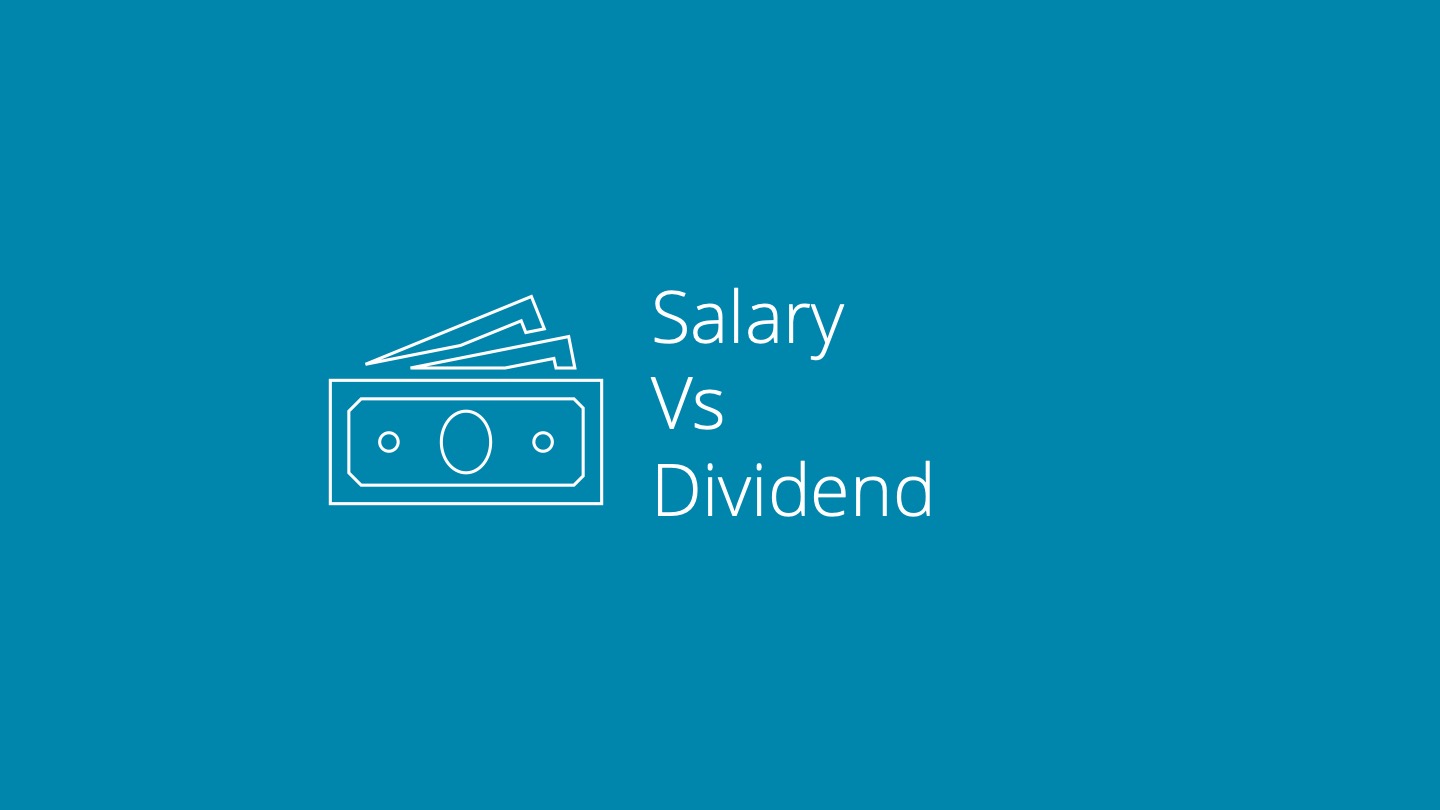
By: jnawali
Tax Advisor
Comments: No Comments.
Salary vs. Dividends: Which is Better for Retirement and Tax Planning?
Background
For business owners, determining how to compensate themselves is a crucial financial decision that impacts both their immediate tax burden and long-term retirement security. The two primary options—salary and dividends—offer different benefits and drawbacks. While a salary provides steady income and contributes to government benefits like the Canada Pension Plan (CPP), dividends can offer tax savings and administrative simplicity.
At Apex Accounting and Tax Consulting Inc., we regularly assist clients—especially those seeking small business bookkeeping in Toronto—in evaluating these options. Choosing the right mix depends on a business owner’s personal financial goals, corporate structure, and future retirement plans.
This article explores the key differences between salary and dividends, provides real-life examples, and outlines the best strategies for optimizing tax efficiency and retirement savings.
Salary vs. Dividends: Key Differences
|
Feature |
Salary |
Dividends |
| Tax Deductibility | Deductible as a business expense | Paid from after-tax corporate profits |
| CPP Contributions | Required | Not required |
| RRSP Contribution Room | Created | Not created |
| Personal Tax Rate | Subject to payroll taxes | Generally taxed at a lower rate |
| Business Complexity | Requires payroll processing | Simpler administration |
Understanding these differences is essential for clients working with a small business accountant in Toronto or reviewing their compensation plan as part of broader bookkeeping services in Toronto.
Example Scenarios
Scenario Comparison: Salary vs. Dividends
|
Scenario |
Salary | Dividends | Total Tax Payable | Salary Tax | Dividend Tax | CPP Contributions |
RRSP Contribution Room |
| Scenario 1: 100% Salary | $100,000 | $0 | $27,350 | $20,050 | N/A | $5,800 | $18,000 |
| Scenario 2: 50/50 Split | $50,000 | $50,000 | $17,834 | $10,025 | $7,809 | $2,900 | $9,000 |
| Scenario 3: 40/60 Split | $40,000 | $60,000 | $15,856 | $8,050 | $7,100 | $2,380 | $7,200 |
Explanation of Each Scenario
- Scenario 1: 100% Salary
- The individual takes a $100,000 salary, generating RRSP contribution room of $18,000 (18% of salary). CPP contributions total $5,800, and the full amount is taxed as personal income.
- Total Tax Payable: $27,350.
- Scenario 2: 50% Salary, 50% Dividends
- Compensation is split: $50,000 salary and $50,000 dividends. The salary portion creates $9,000 in RRSP room and incurs CPP contributions of $2,900. Dividends are taxed at a lower rate.
- Total Tax Payable: $17,834.
- Scenario 3: 40% Salary, 60% Dividends
- With $40,000 salary and $60,000 dividends, the RRSP room is $7,200, and CPP contributions are about $2,380.
- Total Tax Payable: $15,856.
Clients at Apex Accounting and Tax Consulting Inc. often review similar scenarios to determine the most tax-efficient strategy.
Advantages and Disadvantages of Salary and Dividends
Advantages of Salary:
- Generates RRSP contribution room, allowing for tax-deferred savings.
- Contributes to CPP, providing retirement and disability benefits.
- Stable and predictable income—useful for mortgage applications and personal budgeting.
- Fully deductible as a business expense, reducing corporate taxable income.
Disadvantages of Salary:
- Higher personal income tax rates compared to dividends.
- Requires payroll deductions (CPP, EI, and income tax withholding), increasing administrative work.
- Increases corporate payroll expenses.
Advantages of Dividends:
- Generally taxed at lower personal tax rates than salary.
- No CPP contributions required, reducing immediate payroll costs.
- Simpler to administer than salary (no payroll deductions or remittances).
- Allows for income splitting with family members who are shareholders.
Disadvantages of Dividends:
- No RRSP contribution room, limiting tax-sheltered retirement savings.
- No CPP contributions, meaning lower retirement benefits.
- Income can be less predictable, depending on business profits.
- Corporate tax must be paid first before distributing dividends.
These considerations are especially important for those seeking tax preparation in Toronto and working with a small business accountant Toronto to minimize overall liabilities.
Which Option is Best for Retirement and Tax Savings?
- If maximizing RRSP and CPP benefits is a priority: Salary is better.
- If lowering personal tax today is the goal: Dividends offer tax advantages.
- If balancing tax efficiency and retirement savings: A mix of salary and dividends is ideal.
At Apex Accounting and Tax Consulting Inc., we help business owners create compensation strategies that suit both their short-term cash flow needs and long-term retirement goals. Our clients benefit from customized planning as part of our small business bookkeeping in Toronto.
Final Thoughts
Business owners should consider personal financial goals, corporate tax rates, and long-term retirement planning when deciding between salary and dividends. The right balance depends on your unique situation, which is why consulting a tax professional or small business accountant in Toronto is essential.
For personalized guidance, contact Apex Accounting and Tax Consulting Inc.—your trusted partner for bookkeeping services in Toronto, tax preparation, and small business advisory solutions.
